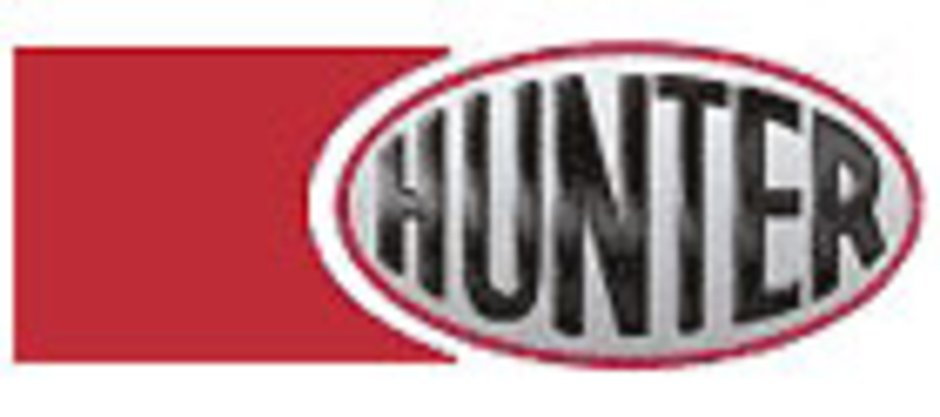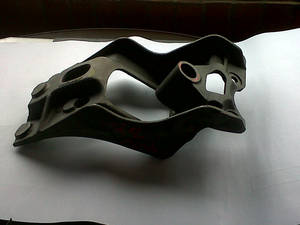 |
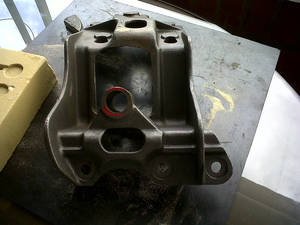 |
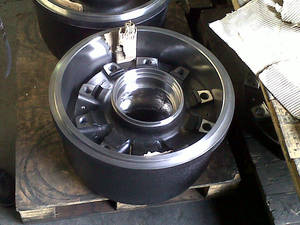 |
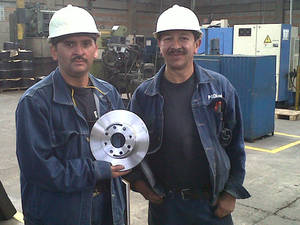 |
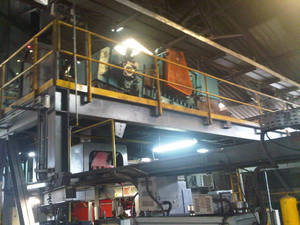 |
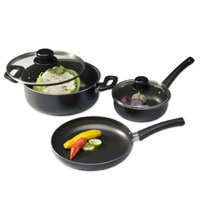 |
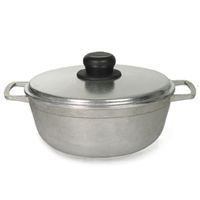 |
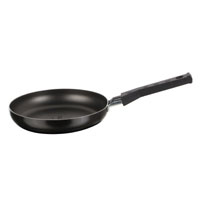 |
Columbian foundry replaces 16 manual squeezers and reduces scrap from 22% to less than 9% with improved surface finishes
Landers Foundry of Medellin, Columbia had replaced 16 manual squeezers with a single Hunter matchplate molding line, including fully automated mold handling. The company's expectation was a drastic reduction in sand scrap plus improved productivity in the operation, but problems arose. Burn-in, imperfections in the the casting surfaces, friable mold edges, plus the resulting fins and flashes we all contributing to a dramatic rise in scrap rate. At one point, it reached 22%, according to company sources.
Not a pleasant scenario.
An investigation was undertaken by the Hunter team, working in tandem with their partner representatives and their own agents in South America. It was determined that the molding sand being used at Landers had been taken from another department in the same facility, one that utilized the previous squeezer technology. While that sand performed in an acceptable manner in the squeezers, using facing sand, it was causing considerable problems in the new Hunter, a fully automatic, matchplate system that requires no facing sand in its operation.
Following further testing, according to Dean Martin of Hunter, "The Landers people were able to assess the problem and monitor the progress, as the material was modified and run in the Hunter machine. The result was a quick drop to 9% scrap, better but still unacceptable. We all knew there was more to this problem," he said.
Most casting problems in operations such as Landers are traceable back to the sand. Metal material issues are also a factor, but sand is the great unknown factor at many shops and this 60-year-old Columbian producer of castings for the cookware and houseware markets, sold through its parent company under the Universal and Corona brands.
Controlling sand quality starts in the lab, where Landers technical personnel were assisted by Hunter and its partner Space' (Italy) in the preparation of test protocols. These sand tests included moisture, compactability, density and specimen weight, permeability, green compression, green shear, various clay assessments, sieve analysis, loss on ignition and the critical volatiles tests.
The foundry contacted a sand test consultant for this particular project, who verified the test protocols being proposed by the Landers lab technicians. Testing then proceeded without delay.
Tests on the original sand blend proved the moisture requirement was too high, measuring 4-5% at a compactability of 35-40%, the normal level at molding. Meanwhile, the compactability-moisture ratio was ranging from 7 to 9. While the silica base of sand requires little moisture, the additives generally need more moisture. These additives might include clay/bentonite, the most typical, as well as seacoal, dead clay and others, all of which require higher moisture levels for proper compaction.
Too high a moisture level can and does often cause gas defects, rougher suface finishes, metal penetration, less flowability and slower compaction, plus swells, expansion defects and numerous other problems in the workpiece.
Specimen weight and density were also problematic at Landers. These factors are also dependent on the sand composition, so the low readings required further testing. Since silica is the heaviest component in sand mixtures, then the higher silica content results in higher specimen weight and density. The low scores in these areas indicated low silica levels and higher amounts of the lighter additives, naturally.
Correspondingly, the low silica content, lower weight and lower density all contribute to metal porosity. This condition also occurs when there are problems in the compaction process on the machine, but the Hunter was determined to be functioning to spec. The problem can also be thermodynamic, even when good compaction is performed.
Silica is also the most refractory of the sand components, so if the level is too low, the molding sand can begin to vitrify at the mold to metal contact points, causing the condition known as burn-in.
Permeability of the sand at Landers was also tested and scored very low, at 89g/sq. cm/min. This was the result of sand fineness (67.5 AFS GN) and the quantity of the fines, 7.1%. Since low permeability restricts the venting of gases from the mold, a large amount of gas is generated as the metal is poured and the moisture in the mold is burned off, converting to steam and carbon burn-off. Cores also burn and create gas during this process, so if the cumulative gases cannot escape the mold, back pressure is generated, which increases metal flow times and causes undesirable metal flow turbulence. Such conditions cause bad runs, gas defects and palling, the cracking or flaking of particles on the surface of the casting.
Landers had also determined its green compression strength was too low, caused by low active methylene blue (MB) clay content. It was found to be between 5-6%. The high moisture-absorbing additives were competing with the clay for moisture, as well. As a result, the available bond rating was 9.2%. In practice, initially available bond was decreasing while working bond was increasing.
Friability is the measure of how easily mold sand is abraded from compacted sand surfaces. Sand with high friability are unable to withstand the erosive flow of molten metal, thereby causing sand inclusion defects in the finished casting. Loss of part detail and very sharp edges result, as well. This condition corresponded exactly to the fin/flash condition Landers was experiencing.
Landers lab techs discovered the friability of their sand was over 12%, a direct result of the high moisture-absorbing additives being used in their previous squeezer operations. While the MB clay content was low at 4.9%, the dead clay content was up at 7.46%. Higher amounts of dead clay significantly increase the gas defects in the operation, plus it also hinders the bentonite bonding by diluting the live clay with inert materials. This condition increases friability and causes further sand erosion and inclusions. It also lowers the silica content of the molding sand overall, which lowers heat conductivity and makes the sand more susceptible to metal penetration.
The loss on ignition (LOI) test is a measure of the organics and combustibles in the sand used to determine the amount of the carbons present, such as seacoal. Molding sand for cope and drag iron casting normally has an LOI of 3.5-4%. The initial sand at Landers was reading 14.6%. All the previously listed problems would occur, under such conditions in an automatic molding line.
The original excess carbon content was the result of Landers adding extra seacoal in an attempt to enhance surface finish. If carbons are too low, however, surface finish is diminished and expansion defects occur. Plus, in the Landers operation, the rough castings were the result of low silica level and coarse sand with narrow distribution. Adding seacoal did not improve the situation.
As Dean Martin further noted, "Fixing the problem required a suspension of carbon addition, which allowed the excess carbons to gradually burn off. A new blend was added to bring up the silica levels and bring down the clay content." He also said cereal was used to reduce friability. At shakeout, the foundry began to use 10-15% of the new sand blend, 6% clay and 1.5% cereal. Likewise, the sand blend was changed to one with a broader distribution.
Locally sourcing sand was somewhat problematic for Landers, as the Columbian market was sorely lacking in new sand with four screenings and an AFS GFN higher than 58. Landers purchased mixes from various sources and began to experiment with different blends on its own. Currently, the fineness of its blend ranges between 65 and 67. Surface finish has improved, despite lower levels of seacoal aggregate.
Most importantly, the proper sand handling at Landers has resulted in a marked drop in scrap from 22% to less than 9%, with improved surface finishes.
| Hunter Automated Machinery Corporation is a leading supplier. For further information and contact details click here: Hunter Automated Machinery Corporation |

